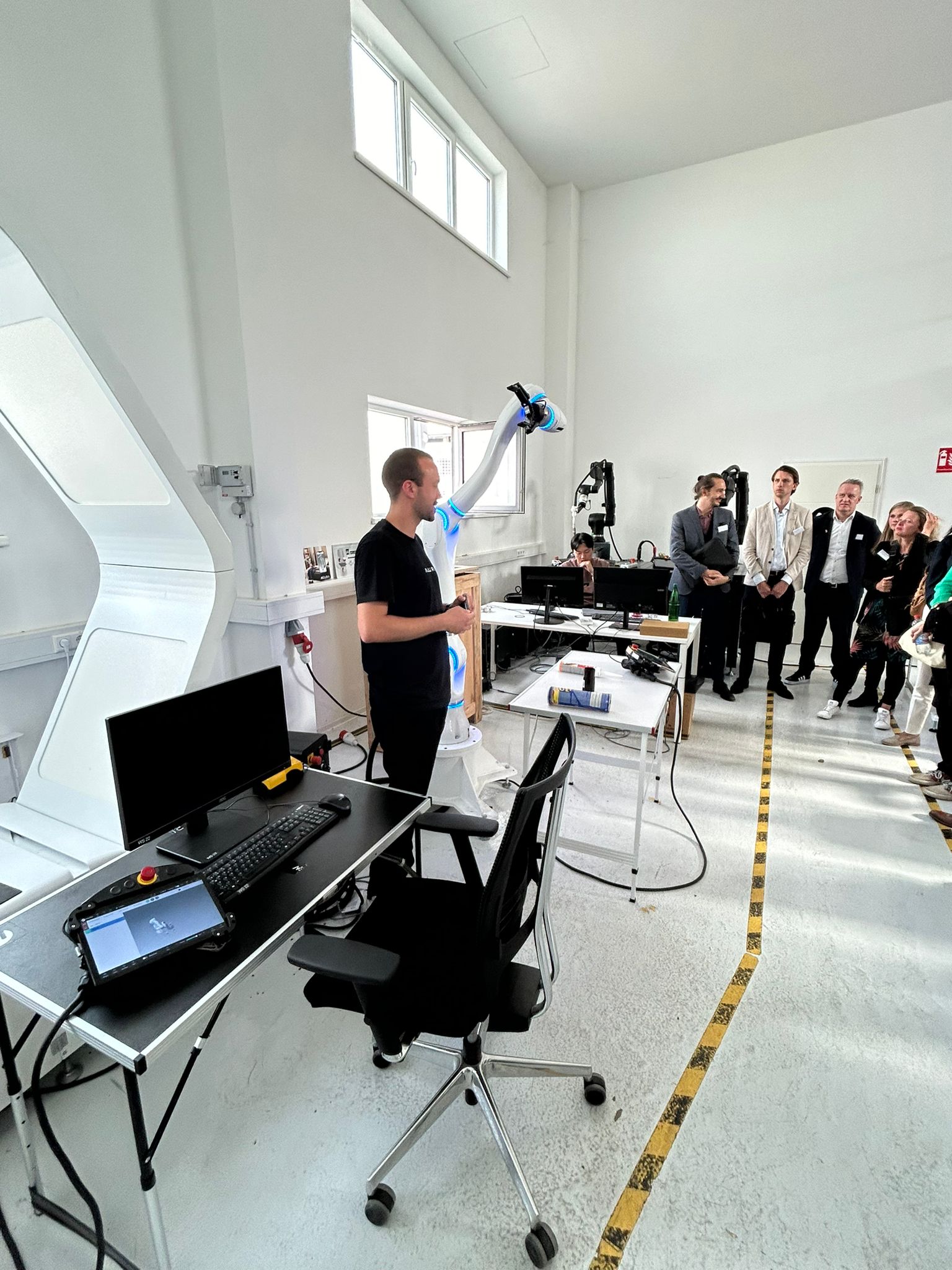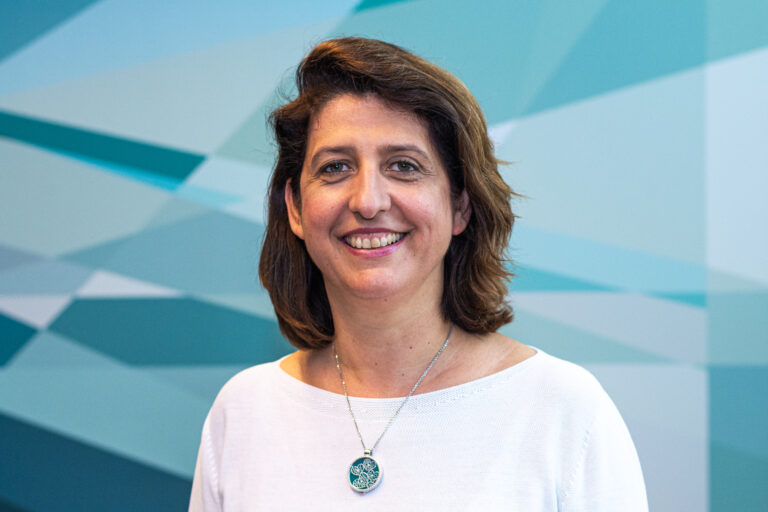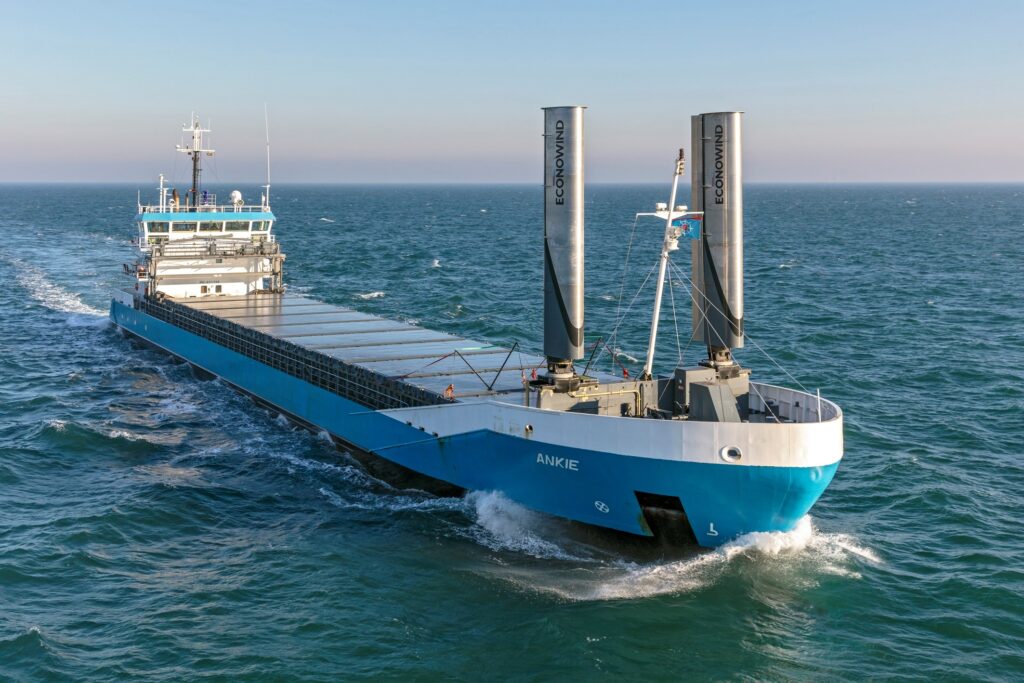Artificial Intelligence (AI) needs data in order to train algorithms. Data is stored in databases that are often not located in one organisation. To train and test the algorithms, access to these different data sources is necesarry. An adequate data sharing infrastructure for AI is therefore essential to improve the position of the Netherlands in the AI domain. To gain insight into the opportunities and challenges for the operationalisation and large-scale application of AI, the Data Sharing working group conducted a GAP analysis based on three use cases.
Application of data sovereignty in three use cases
As data is considered valuable and potentially sensitive, organisations like to have control over who may use their data, for what purposes and under what conditions. This is called data sovereignty. Data sovereignty secures the source which increases the willingness to share data. AI applications can thus be provided with more and better information.
In order to demonstrate that this can take place in a responsible way, the Data Sharing working group developed in 2020 three illustrative use cases in which the most important architectural concepts and technology components have been discussed. It concerns the following use cases:
- (Flexible) permission management with a case from the government sector. How do we ensure that the end user and his/her rights are known?
- Distributed collaboration models with a case from the healthcare sector. How do we ensure that we can collect data in a responsible way or is it possible to send the algorithm past the data without actually sharing the data.
- Hybrid environments for data sharing with a case from the energy sector. How do we ensure that data-sharing systems that are not all at the same stage of development can still exchange data with each other?
The applied system architecture and the three use cases are described in this GAP analysis. This information provides insight for others to broaden their knowledge base and to work towards implementation in practice. This makes more and better AI implementations possible.
GAP analysis
The basic technology for the realisation of system architecture is becoming more and more mature. The GAP analysis described in this report therefore focuses on the gaps in system operation and governance that need to be bridged in order to achieve large-scale implementation and application.






